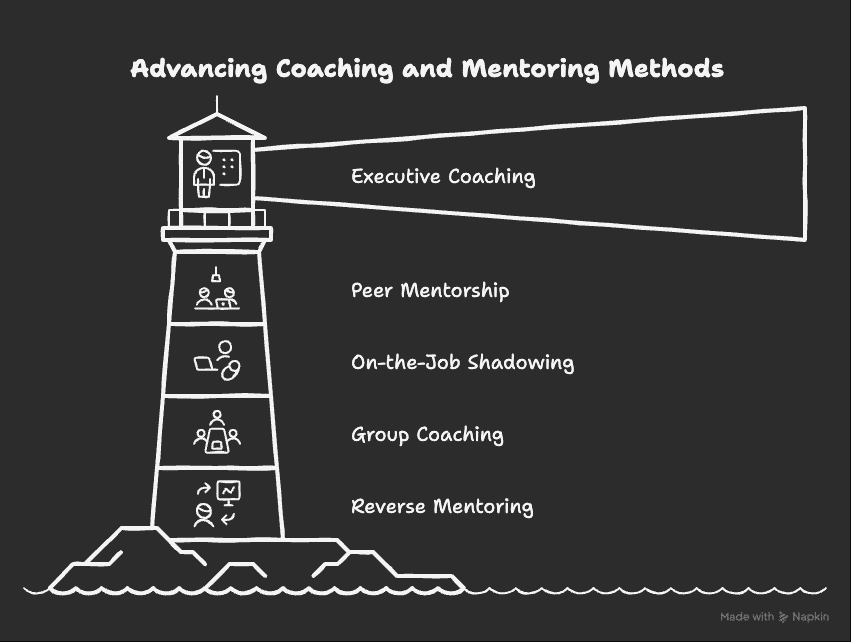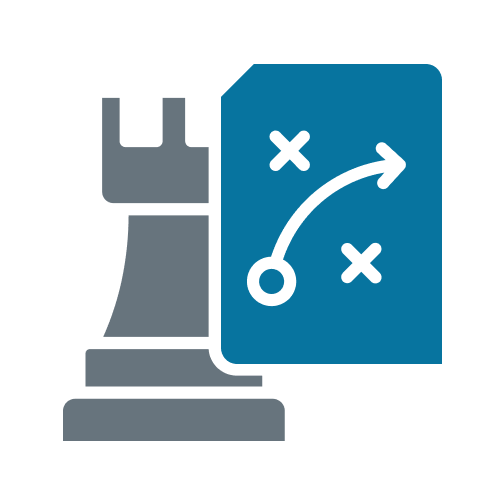Coaching and mentoring have become essential pillars of modern leadership yet most organizations still lack clarity on which methods actually work. The most effective methods of coaching and mentoring aren’t trend-based; they’re trust-based. They’re the tools great leaders use to develop talent, strengthen culture, and create real momentum.
When applied with intention, the right methods of coaching and mentoring can elevate your team from compliant to committed, and your strategy from static to scalable.
At Champion PSI, we’ve spent decades in the trenches with top-performing CEOs and leadership teams. This blog breaks down the five most trusted approaches we’ve seen deliver results — so you can stop guessing and start guiding. Learn from our executive coaching experience in coaching for business and apply what works.
Overview: What You’ll Learn
In this blog, we’ll unpack the five most trusted methods of coaching and mentoring, including:
- One-on-One Executive Coaching
- Peer Mentorship Programs
- On-the-Job Shadowing and Feedback
- Group Coaching for Leadership Teams
- Reverse Mentoring for Cultural Awareness
We’ll also share a real-world example from Deloitte and answer five common coaching and mentoring questions.
1. One-on-One Executive Coaching
Personalized. Confidential. Results-driven. One-on-one executive coaching remains one of the most effective methods of coaching and mentoring in the professional arena. Learn what it takes by becoming an executive coach.
This method creates a confidential space for senior leaders to reflect on blind spots, clarify goals, and develop strategic thinking. The trust built in these relationships is often the catalyst for breakthrough performance — a process that drives leadership transformation.
2. Peer Mentorship Programs
Peer-to-peer mentoring creates a horizontal feedback loop inside your organization. Unlike traditional top-down models, this method fosters mutual accountability, learning, and support among colleagues at similar levels.
When designed well, peer mentorship offers:
- Real-time feedback from trusted equals
- Space to experiment with new skills
- A shared growth mindset
This method works especially well in flattened leadership structures, remote-first teams, or companies undergoing change. It aligns well with team leadership coaching practices that support scalable peer growth.
3. On-the-Job Shadowing and Feedback
This method blends immersion with immediate feedback. A junior or transitioning employee shadows a more experienced team member — not to observe passively, but to engage actively and reflect afterward.
This technique works because it:
- Bridges theory and real-world application
- Encourages questions in real time
- Builds relational trust and learning culture
Shadowing also exposes mentees to how leaders handle pressure, communicate across levels, and make tough calls. These insights connect directly to the actions top CEOs are taking to build high-functioning organizations.
4. Group Coaching for Leadership Teams
Coaching doesn’t always have to be one-on-one. In fact, some of the most effective breakthroughs happen in group coaching environments, especially when the full leadership team is present.
This method:
- Aligns goals across departments
- Builds a culture of accountability and open dialogue
- Reveals unseen bottlenecks in team dynamics
Group coaching is most impactful when it supports larger systems thinking. Learn how leadership team alignment drives clarity across the organization.
5. Reverse Mentoring for Cultural Awareness
The best leaders don’t just mentor down — they learn upward. Reverse mentoring flips the traditional dynamic by pairing senior leaders with junior team members to gain insights on technology, culture, and generational trends.
This method promotes humility, inclusivity, and emotional intelligence — and when done right, contributes to leadership pipelines and adaptability. Explore how top organizations use coaching and mentoring to create more effective leaders.
It also reinforces internal leadership development principles that equip leaders to handle modern complexity.

Real-World Example: Deloitte Canada’s Coaching Program
Deloitte Canada launched a coaching initiative to support newly promoted partners stepping into more complex leadership roles. The program focused on strengthening performance, strategic decision-making, and interpersonal capability.
Over several months, Deloitte provided structured coaching support. The outcome? Stronger internal alignment, improved communication, and more confident leadership execution.
Read the full Deloitte coaching case study.
FAQs About Methods of Coaching and Mentoring
What are the most effective coaching and mentoring methods for CEOs?
One-on-one executive coaching combined with peer advisory groups or reverse mentoring works best. These tools build strategy alignment and emotional range.
How do you measure success in coaching and mentoring programs?
Look for behavior change, improved communication, faster decision-making, and alignment across teams. Surveys and performance reviews help track ROI.
How do you choose between coaching and mentoring?
Use coaching for performance and clarity. Use mentoring for knowledge transfer and onboarding. Most organizations benefit from blending both.
What’s the biggest mistake companies make?
Launching programs without structure, clarity, or follow-up. Poor matching and lack of tracking also kill momentum.
How do you get buy-in from executives?
Tie coaching and mentoring directly to business goals. Show how it supports retention, execution, and leadership performance.
5 Trusted Methods of Coaching and Mentoring: Conclusion
The most effective leaders don’t just lead — they coach, mentor, and grow alongside their people.
By using one-on-one coaching, peer mentorship, shadowing, group development, and reverse mentoring, you build trust, capability, and a performance culture that scales.
Ready to get started? Book a free 30-minute call with an expert coach to explore how methods of coaching and mentoring can support your goals.










